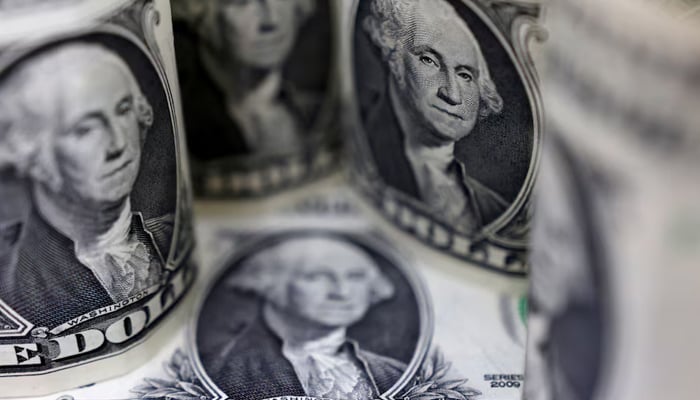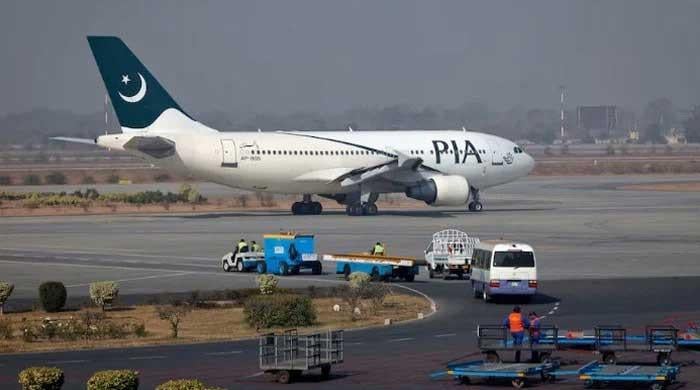Pakistan owes 92% of external debt to three sources
Pakistan's total external debt and liabilities stand at $133 billion
February 07, 2025

- Among Pakistan's bilateral creditors, China is on the top.
- Over half of Pakistan’s external debt is from multilaterals.
- Public external debt increased by $2.5 billion during FY24.
ISLAMABAD: Around 92% of Pakistan's external debt is owed by three major sources including multilateral and bilateral creditors as well as through international bonds.
Among the bilateral creditors, China is on the top keeping in view the total external debt and liabilities.
The total debt and liabilities are calculated after incorporating domestic and external debt payable from the Consolidated Fund, IMF loans for Balance of Payment Support, SOEs' debt, debt for commodity operations and private sector external debt.
However, the public debt excludes SOEs debt, debt to commodity operation and private sector external debt. The total public debt is calculated on the basis of domestic and external debt payable from the Consolidated Fund and the IMF loans for BOP support.
Now, the total external debt and liabilities stood at $133 billion but the public external debt in accordance with the definition of the Fiscal Responsibility and Debt Limitation Act (FRDLA), stood at $88.578 billion till the end of September 2024.
The Ministry of Finance has prepared a Debt Policy Statement for January 2025 but so far it has not yet been laid down before the parliament. The process of securing approval from the federal cabinet has been underway.
However, the sources said that the government has also missed the deadline for issuing debt bulletin report till the end of September 2024 under the World Bank loan conditions but it was done in October 2024.
Total external debt continued to increase during Q1-FY 25 and stood at $88.7 billion as of September 2024.
In terms of external debt composition, the salient features illustrate that more than half of Pakistan’s external debt (56% as of September 24) is from multilateral lenders including the WB, ADB, IMF, and others.
The second major source of external debt is from bilateral partners including Paris Club, which has approximately 28% share of external debt. 14% of external debt is from commercial sources; 8% from international Bond issuances and 6% from commercial banks.
During FY24, the stock of external debt (in USD) witnessed a net increase of 3% YoY, while the share of external debt in total public debt decreased from 38% (June'23) to 34% (June'24).
However, the external debt exposure is still within the maximum limit of 40% as envisaged in MTDS but remains sensitive to exchange rate movement.
The breakdown of external debt shows the majority of loans are obtained from multilateral financial institutions and bilateral sources.
These types of loans are contracted on low or concessional rates with long-term tenors in comparison to commercial sources.
As of Sep-24, 84% of loans are sourced from multilateral and bilateral sources.
The public external debt increased by $2.5 billion during FY24 and by $2 billion at the end of September 2024. The total external loan disbursements amounted to $9.8 billion during FY24.
The disbursements were mainly from multilateral and bilateral sources. The major disbursements from bilateral sources included time deposits of $2 billion from Saudi Arabia and $1 billion from the UAE as deposits with the central bank.
The major disbursements from multilateral sources included $2.2 billion from the World Bank, $1.3 billion from the ADB, and $345 million from the AIIB.
Originally published in The News









